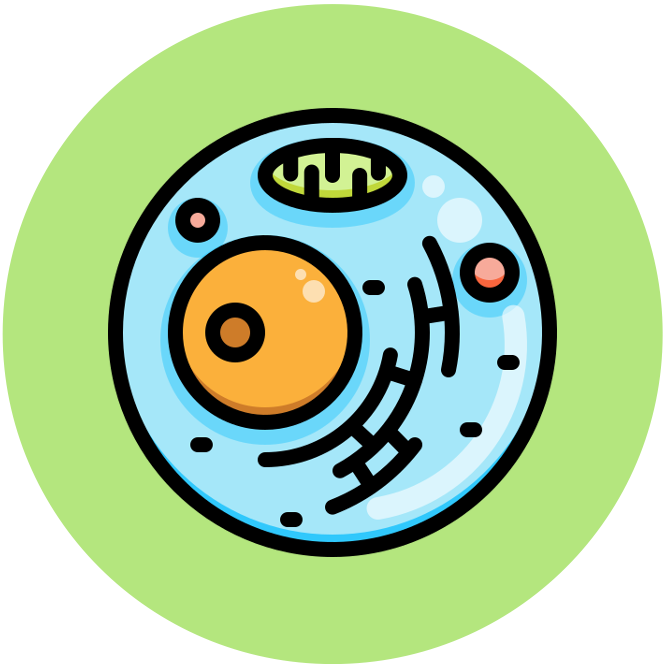

B2.2 – Organelles and Compartmentalisation
SL Content Statements
-
B2.2.1
Organelles as discrete subunits of cells that are adapted to perform specific functions
-
Students should understand that the cell wall, cytoskeleton and cytoplasm are not considered organelles, and that nuclei, vesicles, ribosomes and the plasma membrane are.
NOS: Students should recognize that progress in science often follows development of new techniques. For example, study of the function of individual organelles became possible when ultracentrifuges had been invented and methods of using them for cell fractionation had been developed.
-
B2.2.2
Advantage of the separation of the nucleus and cytoplasm into separate compartments
-
Limit to separation of the activities of gene transcription and translation—post-transcriptional modification of mRNA can happen before the mRNA meets ribosomes in the cytoplasm. In prokaryotes this is not possible—mRNA may immediately meet ribosomes.
-
B2.2.3
Advantages of compartmentalization in the cytoplasm of cells
-
Include concentration of metabolites and enzymes and the separation of incompatible biochemical processes. Include lysosomes and phagocytic vacuoles as examples.
AHL Content Statements
-
B2.2.4
Adaptations of the mitochondrion for production of ATP by aerobic cell respiration
-
Include these adaptations: a double membrane with a small volume of intermembrane space, large surface area of cristae and compartmentalization of enzymes and substrates of the Krebs cycle in the matrix.
-
B2.2.5
Adaptations of the chloroplast for photosynthesis
-
Include these adaptations: the large surface area of thylakoid membranes with photosystems, small volumes of fluid inside thylakoids, and compartmentalization of enzymes and substrates of the Calvin cycle in the stroma.
-
B2.2.6
Functional benefits of the double membrane of the nucleus
-
Include the need for pores in the nuclear membrane and for the nucleus membrane to break into vesicles during mitosis and meiosis.
-
B2.2.7
Structure and function of free ribosomes and of the rough endoplasmic reticulum
-
Contrast the synthesis by free ribosomes of proteins for retention in the cell with synthesis by membrane- bound ribosomes on the rough endoplasmic reticulum of proteins for transport within the cell and secretion.
-
B2.2.8
Structure and function of the Golgi apparatus
-
Limit to the roles of the Golgi apparatus in processing and secretion of protein.
-
B2.2.9
Structure and function of vesicles in cells
-
Include the role of clathrin in the formation of vesicles.



